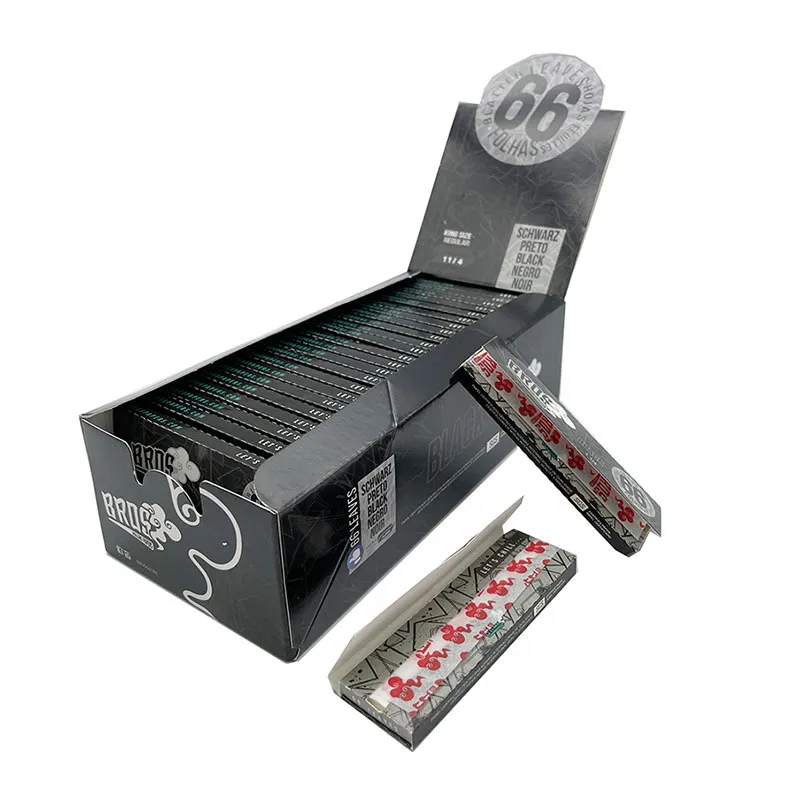Understanding the World of Smoking Rolling Papers: Types, Materials, and Benefits
2024-11-14
Rolling papers are a key component for anyone who prefers to roll their own cigarettes or herbal blends. With so many options on the market, it can be overwhelming to figure out which rolling paper is best for your needs. In this blog, we’ll explore the different types, materials, and benefits of smoking rolling papers to help you make an informed choice.
1. Types of Rolling Papers
Rolling papers come in various sizes, thicknesses, and flavors. Here are some common types to know:
- Standard (1 ¼ Size): These papers are the most widely used size, measuring around 78mm in length. They’re ideal for a traditional, single-use roll.
- King Size: King-size papers are longer (typically around 100-110mm) and offer a larger roll, suitable for sharing or for those who want a bigger smoke.
- Slim Papers: Slim or single-width papers are narrower, making them ideal for smaller rolls and minimizing paper taste.
Benefits: Different sizes and types allow smokers to tailor their rolling experience, whether they want a quick, individual smoke or a larger roll to share.
2. Materials of Rolling Papers
Rolling papers are made from a variety of materials, each with its unique burn quality, taste, and environmental impact.
- Wood Pulp: The traditional material for rolling papers, wood pulp burns evenly and is relatively easy to roll. However, wood pulp papers are typically thicker and can have a slight taste.
- Rice Paper: Made from processed rice, these papers are ultra-thin and burn slowly, which can enhance the smoking experience. Rice papers tend to have a very mild taste, allowing more of the tobacco or herbal flavor to come through.
- Hemp Paper: An eco-friendly choice, hemp papers are typically unbleached and have a medium burn rate. Hemp papers are slightly thicker, offering a steady roll with minimal added taste.
- Flax or Corn Paper: Less common but growing in popularity, flax and corn papers are ultra-thin and burn evenly. They tend to have a neutral flavor profile.
Benefits: Each material has a distinct burn rate, thickness, and taste, allowing smokers to choose the option that best suits their preferences and smoking style.
3. Benefits of Choosing High-Quality Rolling Papers
- Enhanced Flavor: High-quality rolling papers are designed to have minimal impact on flavor, allowing you to taste more of the tobacco or herbal blend.
- Smoother Burn: Quality papers burn more evenly, reducing the risk of "runs" or burning too quickly on one side.
- Health Considerations: Many premium papers are made from natural, unbleached materials, which can reduce exposure to added chemicals.
4. Flavored vs. Unflavored Papers
Flavored rolling papers, often made from fruit extracts or natural flavors, offer an added dimension to your smoking experience. However, they may mask the natural flavor of the smoking blend. Unflavored papers, on the other hand, focus solely on the blend's taste.
Tip: If you enjoy experimenting, flavored papers can be fun, but unflavored papers are best for a more natural experience.
Understanding the different types, materials, and benefits of smoking rolling papers can elevate your smoking experience. Whether you prioritize flavor, environmental impact, or burn quality, there’s a rolling paper suited to your needs. Try different types to find the one that enhances your enjoyment and complements your personal style.



